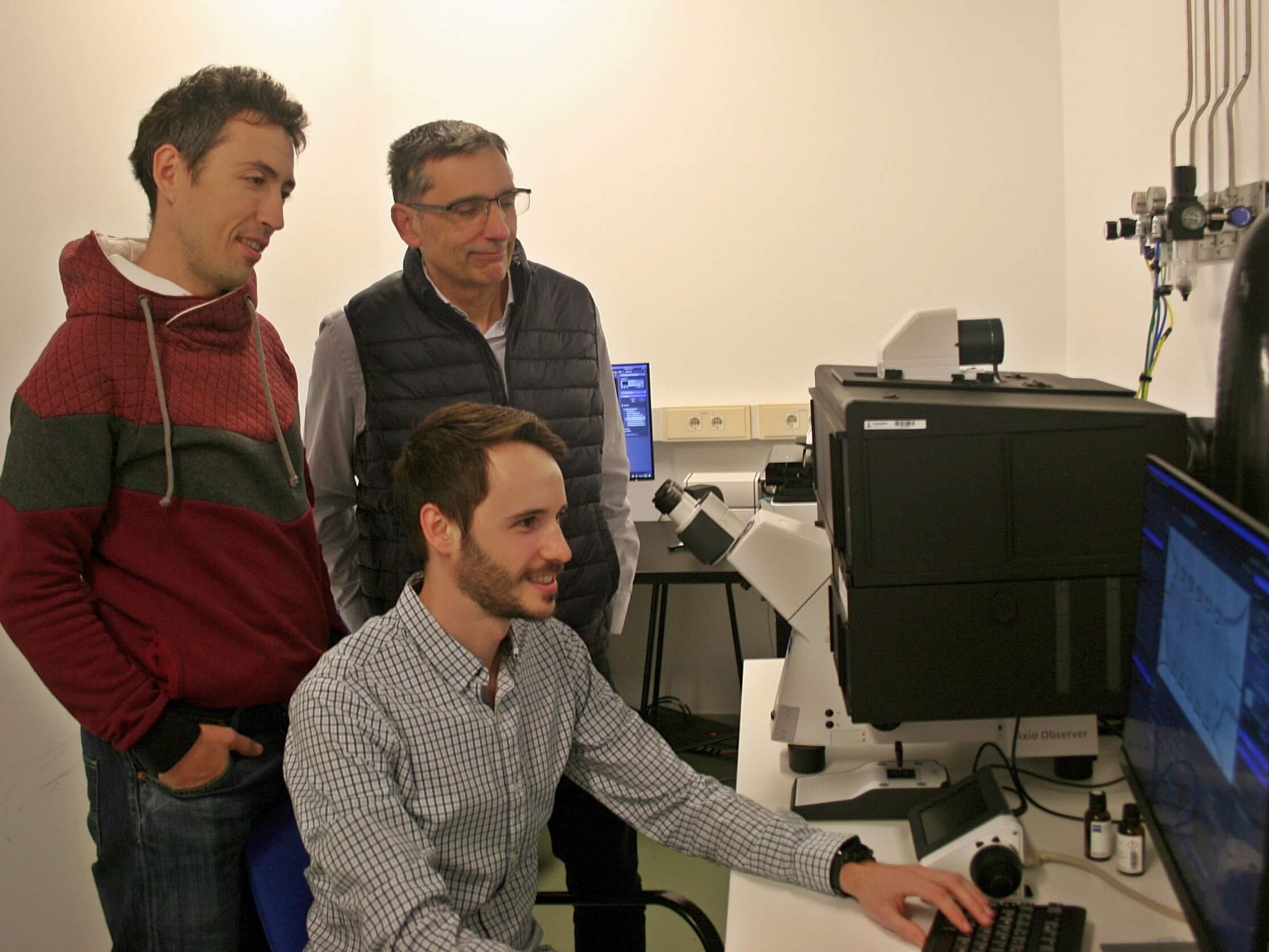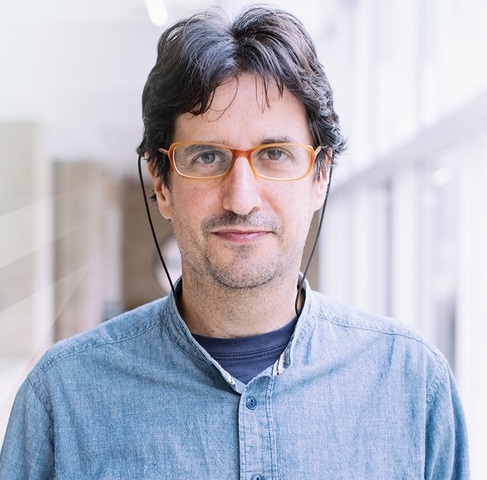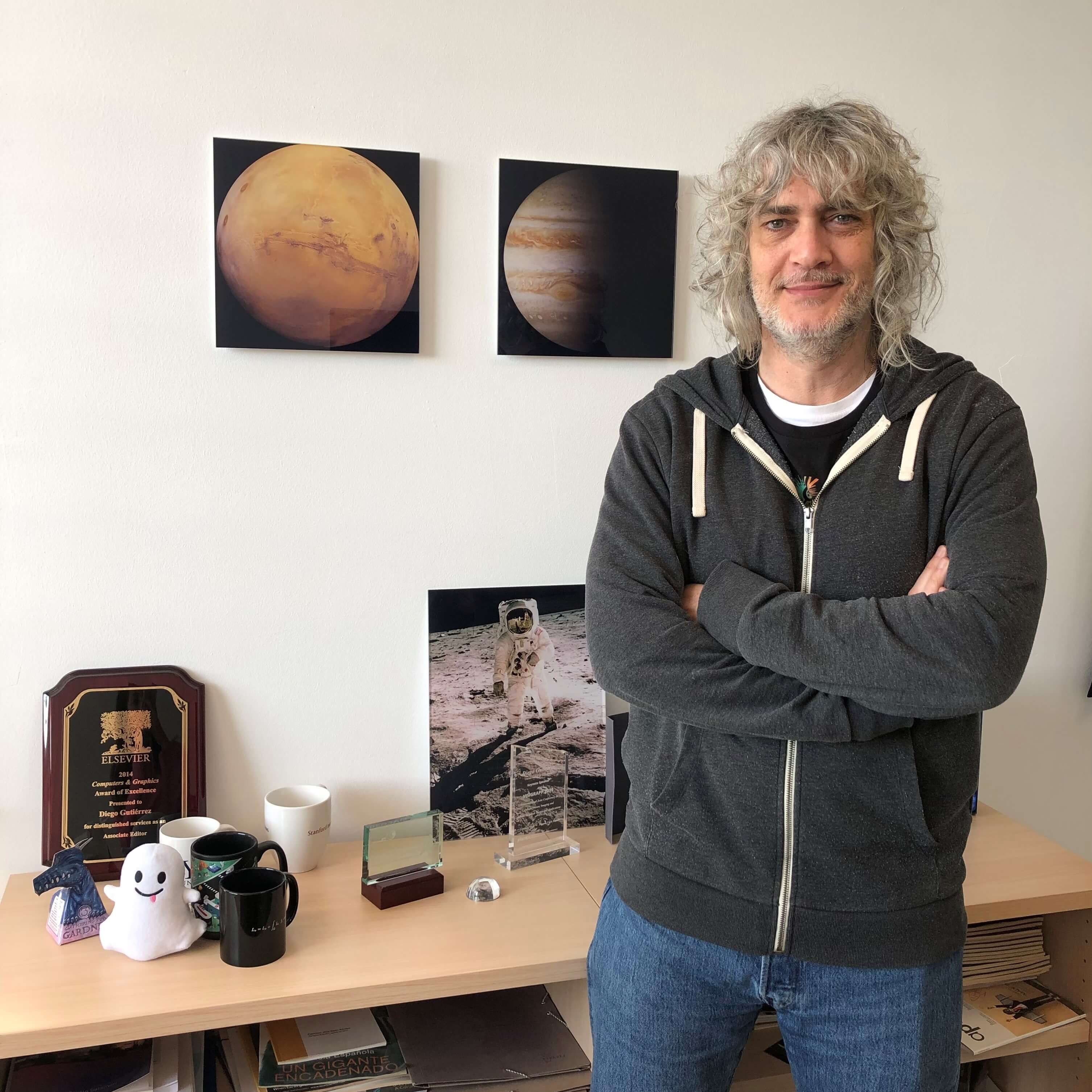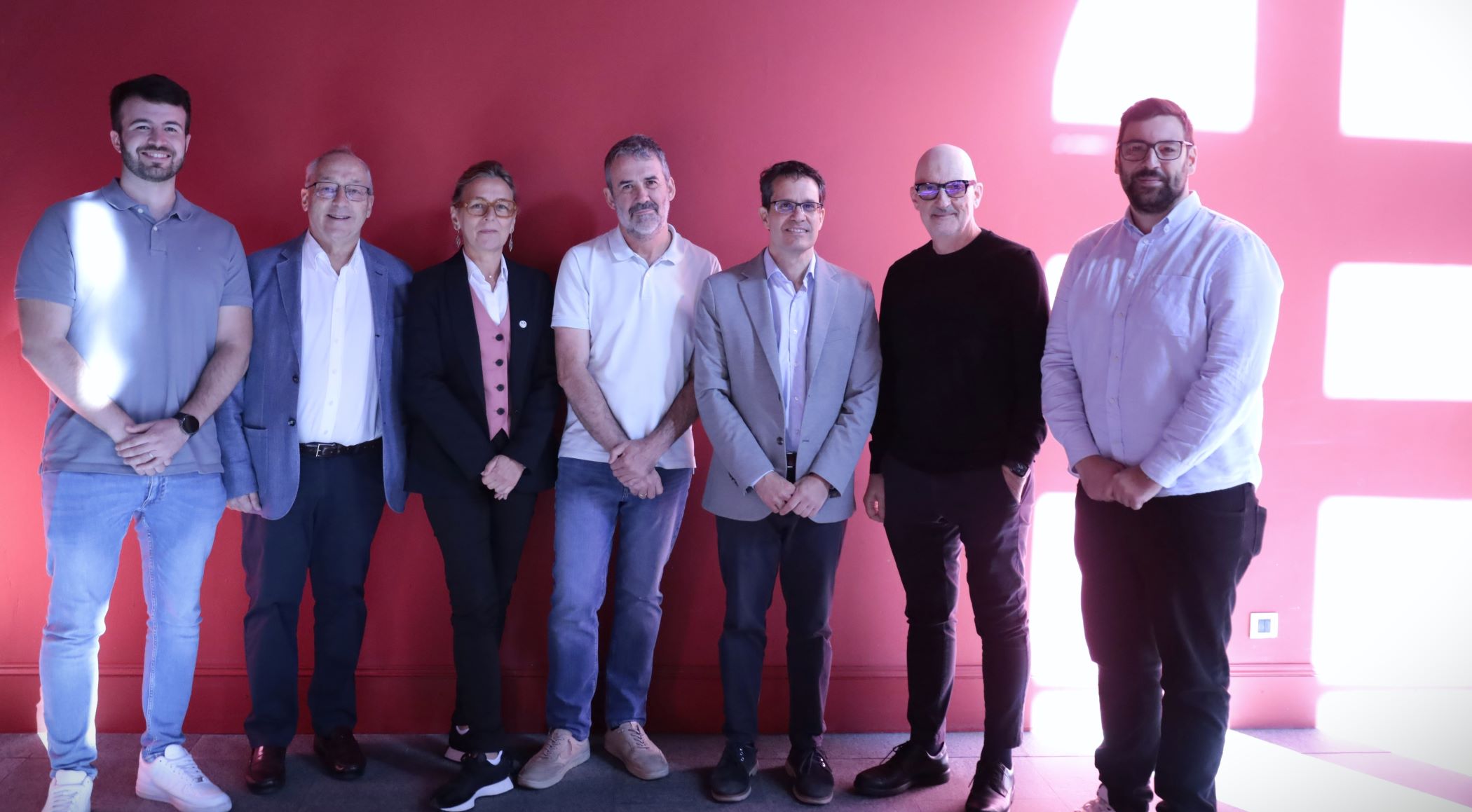
Research carried out by 13 scientists from research centres, universities and hospitals in Zaragoza and Barcelona into lung adenocarcinoma has produced new results, discovering a mechanism for the recruitment of helper cells (called CAFs or cancer-associated fibroblasts) essential to lung adenocarcinoma, the most common type of lung cancer. This is a very important aspect as helper cells contribute to all stages of tumour development, including metastasis.
In the study, the researchers also note that there is a type of inhibitor drug that could be useful against the migratory capacity of these assistant cells, which would prevent their recruitment and, therefore, their subsequent contribution to tumour development.
The significance of these two findings, which have just been published in an article in the revista British Journal of Cancer, is that adenocarcinoma of the lung accounts for 40% of lung cancers (the most common type of lung cancer) and metastasises very early, which directly affects patients' chances of survival. Currently, the five-year survival probability for lung cancer that has not spread to other organs is over 60%, however, when it has spread to other parts of the body, these chances are reduced to less than 10%.
Previous studies by University of Barcelona researcher Jordi Alcaraz found that the important SMAD3 protein is selectively overactivated in adenocarcinoma patients. In the now published work, in collaboration with the Aragon Institute for Engineering Research (I3A) at the University of Zaragoza, the effects of this SMAD3 protein on the recruitment of helper cells and thus its potential impact on tumour dissemination and metastasis generation were examined.
To do this, the team led by Professor José Manuel García Aznar, composed of researchers Yago Juste Lanas and Carlos Borau Zamora, used a novel technology based on microfluidic devices with 3D collagen extracellular matrices to examine the protrusions of the assisting cells and their migration, in environments that simulate different stages of tumour development.
The helper cells exhibited a migratory advantage (faster and more directional movement, with more elongated shapes) in an early tumour stage environment. Furthermore, a lower proliferative capacity was observed in these helper cells, implicating the pro-migratory effect of SMAD3 as essential for the recruitment and accumulation of CAFs in adenocarcinomas. As these helper cells contribute to all stages of tumour development, including dissemination, this finding could be instrumental in understanding the early dissemination of adenocarcinoma to other organs.
Moreover, this migratory advantage was eliminated by the inhibitor drug Trametinib, which is already approved for use in other tumour types, encouraging the therapeutic use of this type of drug in lung adenocarcinoma.
The first author of the study, Yago Juste Lanas, researcher at the I3A, explains that "we have discovered that the assistant cells of adenocarcinoma tumours have a high migratory capacity, which allows them to be recruited to the tumour more easily, and could favour the early formation of metastasis, a fact that is observed in patients, but whose causes are still unknown. In addition, inhibitors such as Trametinib, according to our results, could be effective against recruitment."
It has also been revealed that, in environments close to a more developed tumour, adenocarcinoma helper cells can establish closer interactions with tumour cells due to the reduced migratory capacity observed in this study. "We are now working to understand whether lung adenocarcinoma helper cells can also favour the dissemination of these tumours by other mechanisms, with the ultimate goal of stopping their metastasis," adds Yago Juste.
Multidisciplinary collaborative research
One of the keys to the results achieved is based on the type of research, a multidisciplinary collaborative project, in which doctors, biotechnologists, physicists and engineers have mainly participated. Thus, the Hospital Clínic de Barcelona has provided the patient biopsies, which were used by researchers at the University of Barcelona to obtain assistant cells and study their molecular alterations such as SMAD3, while researchers at the I3A, at the University of Zaragoza, have studied their movement in physiopathological environments similar to those found in early or late stages of tumour development.
Jordi Alcaraz, a researcher at the University of Barcelona, has coordinated all the work, while the first author of the article, Yago Juste Lanas, belongs to the M2BE group at the I3A. José Manuel García Aznar leads this group in cancer research, which has already been granted an Advanced Grant of 2.5 million euros by the European Research Council (ERC) in 2021 to study immunotherapy against solid tumours.
The full team of researchers is composed of: Yago Juste-Lanas, Natalia Díaz-Valdivia, Alejandro Llorente, Rafael Ikemori, Alejandro Bernardo, Marselina Arshakyan, Carlos Borau, Josep Ramírez, José Carlos Ruffinelli, Ernest Nadal, Noemí Reguart, José M. García-Aznar, Jordi Alcaraz. And the participating institutions are: Instituto de Investigación en Ingeniería de Aragón (I3A) of the University of Zaragoza, the Universitat de Barcelona, the Hospital Clínic de Barcelona, the Institut de Bioenginyeria de Catalunya (IBEC), the Instituto Catalán de Oncología, the Instituto de Investigación Biomédica Bellvitge (IDIBELL), and the Institut d'Investigacions Biomèdiques August Pi i Sunyer (IDIBAPS).
Scientific paper
Juste-Lanas, Y., Díaz-Valdivia, N., Llorente, A. et al. 3D collagen migration patterns reveal a SMAD3-dependent and TGF-β1-independent mechanism of recruitment for tumour-associated fibroblasts in lung adenocarcinoma. Br J Cancer (2022). https://doi.org/10.1038/s41416-022-02093-x
-----
Photo: Yago Juste Lanas (sentado), Carlos Borau Zamora (izda.) y José Manuel García Aznar (dcha.)



